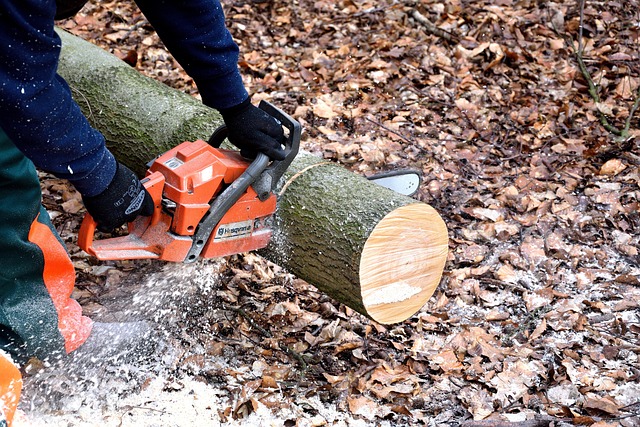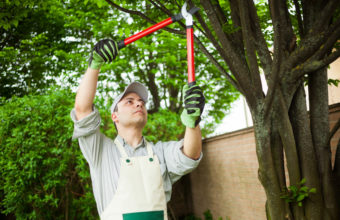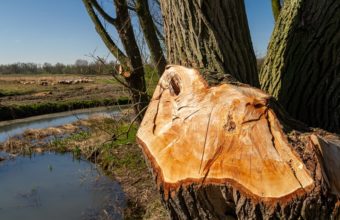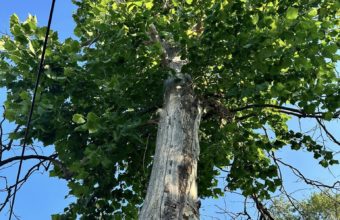Most professional arborists use a variety of chainsaws, tailored to the specific needs of the job at hand. The choice of chainsaw can depend on several factors, including the size of the tree, the type of cutting required, and the work environment. Generally, arborists prefer chainsaws that are reliable, powerful, and lightweight, to maximize efficiency and minimize fatigue during prolonged use.
Two main types of chainsaws are commonly used by arborists…
Top-Handle Chainsaws
- Characteristics – These chainsaws are designed for use in trees and can be operated with one hand, although using both hands is recommended for safety. They are compact and lightweight, making them ideal for pruning, trimming, and other tasks that require the arborist to climb or work in tight spaces.
- Popular Brands – Stihl and Husqvarna are among the most popular brands for professional top-handle chainsaws, known for their reliability, performance, and safety features.
Rear-Handle Chainsaws
- Characteristics – These are more traditional chainsaws with the handle at the rear. They are typically used on the ground for felling trees, bucking (cutting a fallen tree into sections), and other heavy-duty tasks that require more power.
- Popular Brands – Again, Stihl and Husqvarna dominate the market, offering models that are favored by professionals for their durability, power, and ease of use.
Battery-Powered Chainsaws
- Emerging Preference – In recent years, there’s been a noticeable shift towards battery-powered chainsaws among arborists, especially for lighter pruning and trimming work. These chainsaws offer the advantages of being quieter, emitting no direct exhaust, and requiring less maintenance than their gas-powered counterparts.
- Suitability – While they might not yet match the power of gas-powered saws for the most demanding tasks, battery-powered chainsaws are increasingly popular for smaller jobs and are appreciated for their convenience and environmental benefits.
Key Considerations for Arborists Choosing Chainsaws
- Weight and Ergonomics – Lightweight models reduce fatigue and are easier to handle when working at heights or in awkward positions.
- Power and Performance – The chainsaw must be powerful enough to efficiently cut through the wood being worked on, whether it’s for delicate pruning or major tree removals.
- Reliability and Durability – Professional arborists need chainsaws that can withstand heavy use and harsh conditions.
- Safety Features – Safety is paramount, so features like chain brakes, low kickback chains, and ergonomic designs are critical.
- Ease of Maintenance – Easy-to-maintain chainsaws save time and ensure the tool is always ready for the job.
While Stihl and Husqvarna are the most commonly mentioned brands among professionals for their proven track records, other brands like Echo, Makita, and Milwaukee also offer competitive models that meet the needs of arborists in various scenarios. The choice of chainsaw will depend on the arborist’s specific requirements, preferences, and the nature of the work to be performed.






